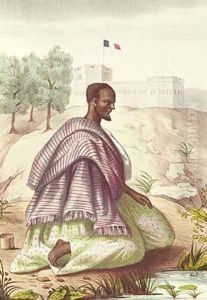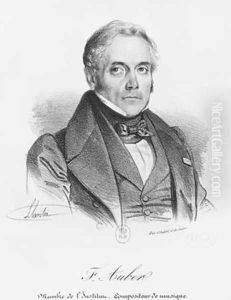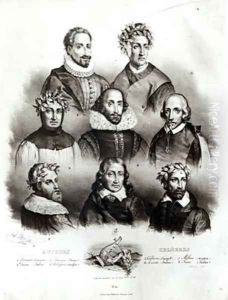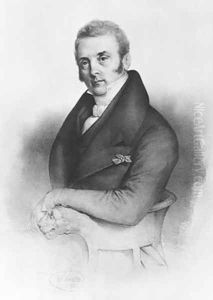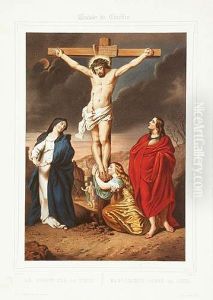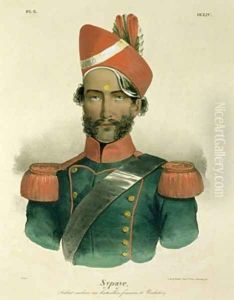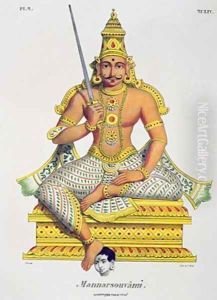Jacques Francois Gauderique Llanta Paintings
Jacques Francois Gauderique Llanta was a notable French artist, born in the year 1807 and passing away in 1864. His life and career spanned a period of significant change in France, from the aftermath of the Napoleonic Wars through the revolutions of 1830 and 1848, and into the era of the Second Empire under Napoleon III. Despite the political upheavals that characterized his lifetime, Llanta's work remains a testament to his dedication to art and his ability to capture the essence of his time through his chosen mediums.
Llanta's artistic journey began in the south of France, where he was born into a world recovering from the turmoil of the early 19th century. His early interest in art was nurtured by the rich cultural heritage of the region, and he soon sought formal training. Like many artists of his time, Llanta eventually moved to Paris, the epicenter of the French art world, to further his education and career. It was there that he immersed himself in the vibrant artistic community, honing his skills and developing his unique style.
Though not as widely known today as some of his contemporaries, Llanta was a versatile artist, adept in both painting and sculpture. His works often reflected the Romantic movement that dominated the early part of his career, characterized by an emphasis on emotion, nature, and the sublime. However, as the decades passed, his style evolved, showing influences of the emerging Realist movement, which sought to depict the world with greater accuracy and attention to the details of everyday life.
Llanta's contributions to the art world during his lifetime were significant, though his reputation has not endured as strongly as some of his peers. He exhibited at the Paris Salon, the official art exhibition of the Académie des Beaux-Arts in Paris, on several occasions, receiving recognition for his mastery of form and color. His landscapes and portraits were particularly admired for their depth and sensitivity, capturing the spirit of the French countryside and the characters of his subjects with equal skill.
Despite his talent and the accolades he received, Llanta's career was marked by periods of struggle, common among artists of his era, who often depended on patronage and the fickle tastes of the art market. Nevertheless, he remained dedicated to his art until his death in 1864, leaving behind a body of work that, while perhaps not as celebrated as that of some of his contemporaries, offers a fascinating glimpse into the artistic currents and societal changes of 19th-century France.
